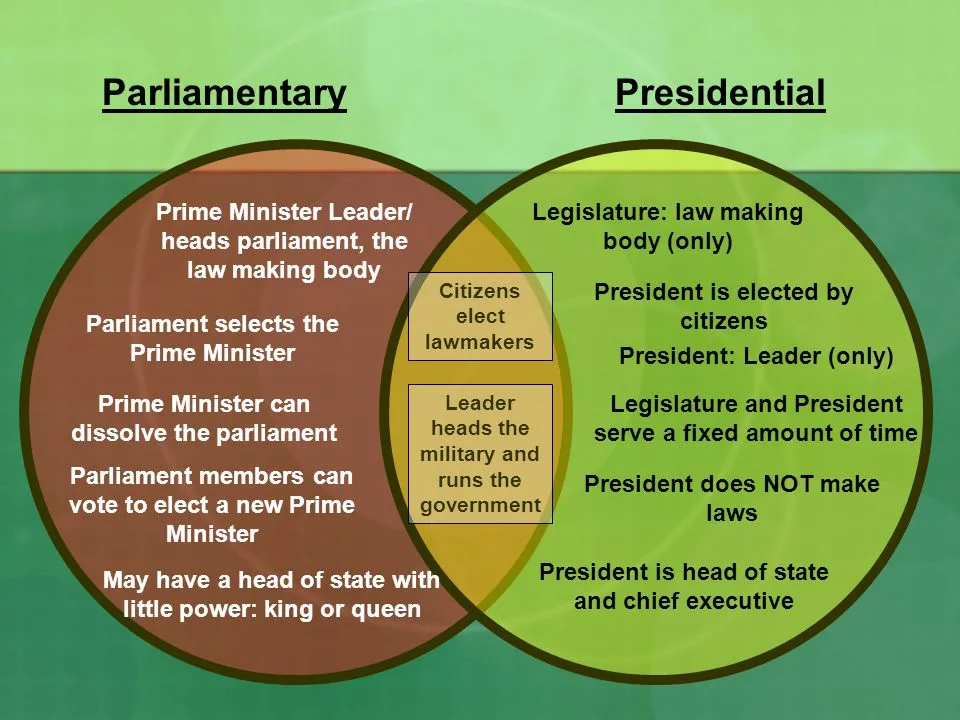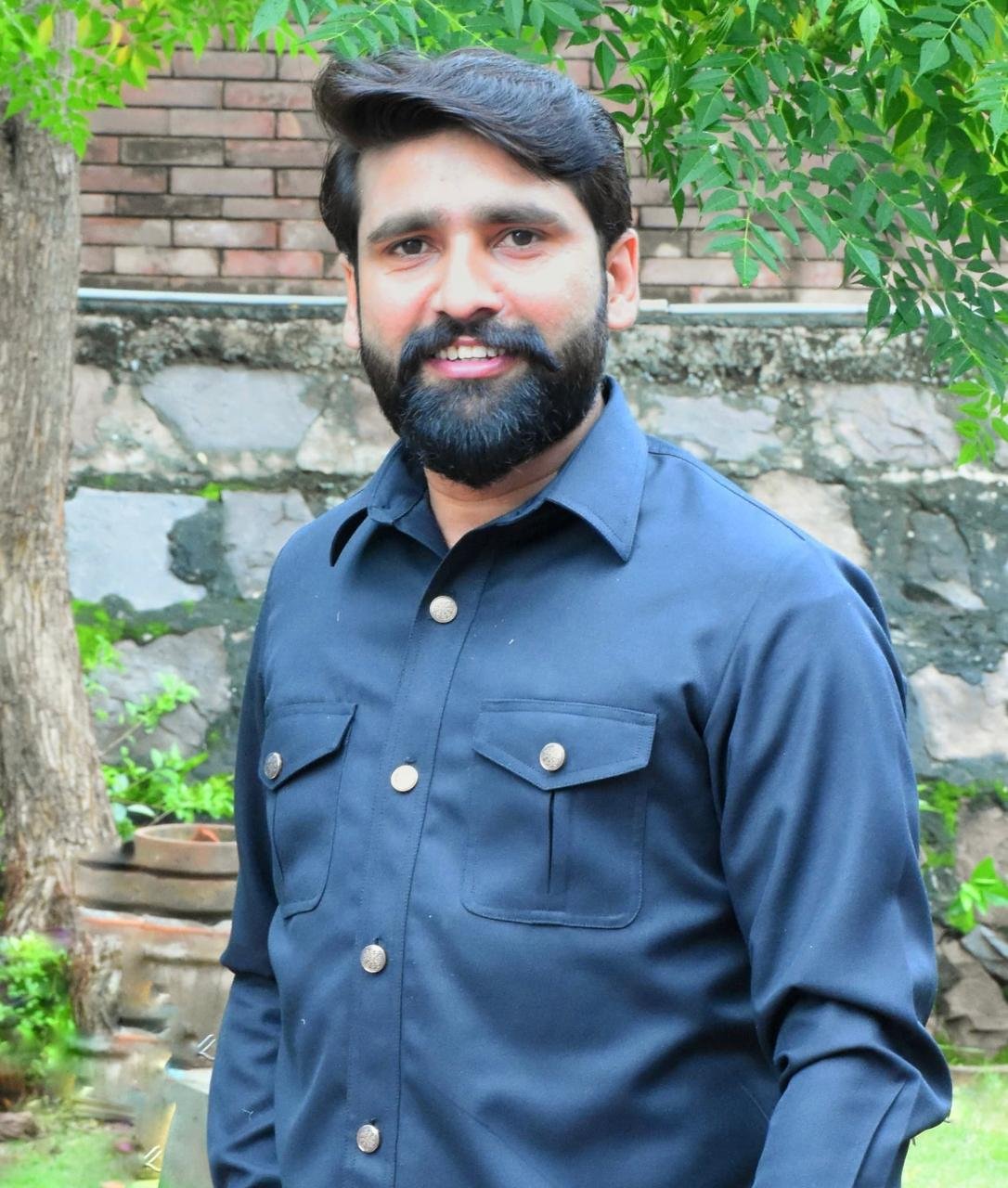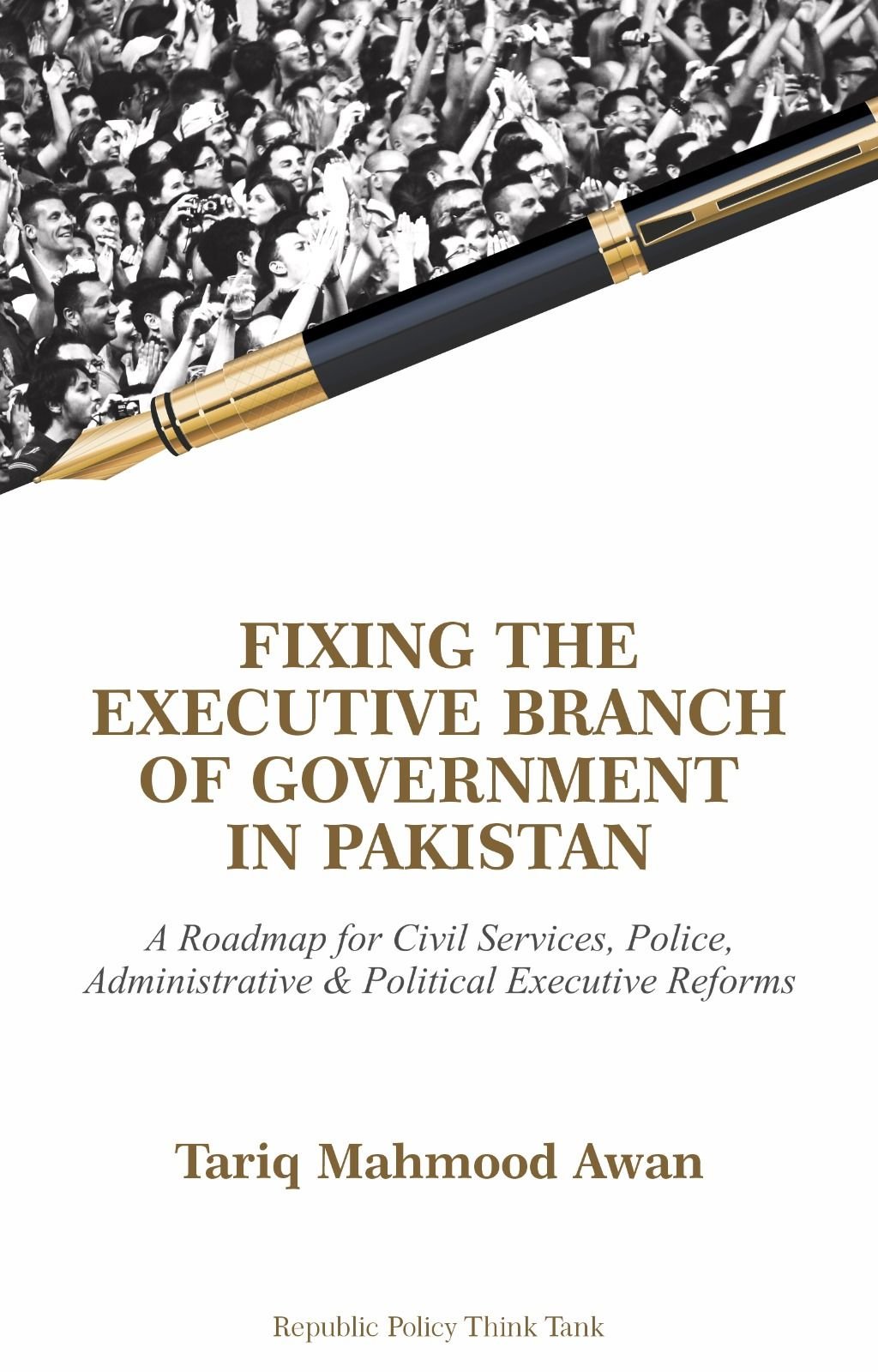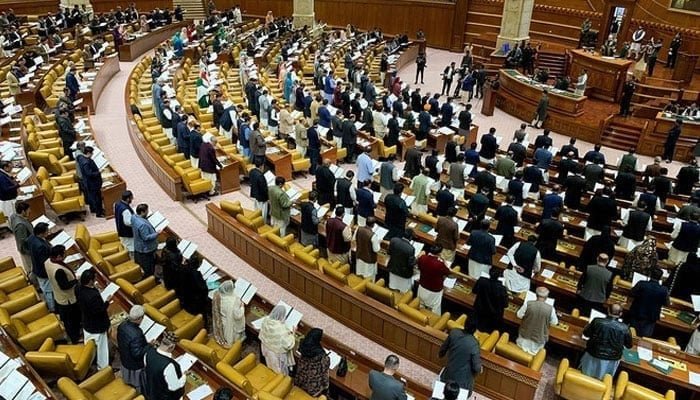Barrister Roman Awan
The parliamentary and presidential systems are two different forms of government that differ in the distribution of power between the executive and legislative branches.
In a parliamentary system, the executive branch (i.e., the government) is formed by the majority party or coalition in the legislative branch (i.e., the parliament). The leader of the majority party or coalition becomes the prime minister or chancellor, who is responsible for leading the government and implementing policies. The parliament holds the power to approve or reject the government’s policies and to remove the government through a vote of no confidence. Some examples of countries with parliamentary systems include the United Kingdom, Germany, and India.
In a presidential system, the executive branch (i.e., the government) is separate and independent from the legislative branch. The president is elected directly by the people and serves as both the head of state and head of government. The president has the power to veto legislation passed by the legislative branch, and the legislature has the power to override the veto with a two-thirds majority vote. Some examples of countries with presidential systems include the United States, France, and Brazil.
The key difference between the two systems is the separation of powers. In the presidential system, the executive and legislative branches are separate and have equal power, while in the parliamentary system, the executive branch is formed by the legislative branch and is accountable to it.
Both parliamentary and presidential systems can work in a federation, and there is no clear consensus on which system is better. The choice between these two systems often depends on the specific needs and circumstances of the country in question.
In a parliamentary system, the executive branch is formed by the majority party or coalition in the legislative branch. This can lead to greater stability and continuity in government, as the executive and legislative branches are closely aligned and can work together more easily. However, it can also lead to a concentration of power in the hands of the majority party or coalition, which may not fully represent the interests of all regions in a federation.
In a presidential system, the executive branch is separate and independent from the legislative branch. This can lead to a more balanced distribution of power among the branches of government and greater representation of regional interests. However, it can also lead to gridlock and political instability if the executive and legislative branches are controlled by different parties or if there are frequent conflicts between them.
Ultimately, the choice between a parliamentary or presidential system for a federation should take into account the country’s political history, culture, and institutional capacity, as well as the preferences of its citizens. Both systems have their advantages and disadvantages, and the most appropriate system will depend on the specific circumstances of the country in question.
Pakistan currently has a parliamentary system of government, where the Prime Minister serves as the head of government and the president is the ceremonial head of state. There have been calls for a switch to a presidential system of government in Pakistan, but the suitability of such a change is a matter of debate.
One argument in favour of a presidential system is that it can provide more stability and continuity in government, as the president serves for a fixed term and is not dependent on the support of the parliament. This can help to avoid frequent changes in government and reduce the potential for political gridlock. Additionally, a directly elected President may have greater legitimacy and a stronger mandate to lead the country.
On the other hand, a parliamentary system can provide more checks and balances on the power of the executive, as the Prime Minister and the cabinet are accountable to the parliament and can be removed from office through a vote of no confidence. This can help to prevent abuse of power by the executive and ensure that the government is responsive to the needs and interests of the people.
Pakistan has a complex political landscape with regional and ethnic divisions, and a presidential system could potentially exacerbate these divisions by concentrating power in the hands of a single individual. Additionally, a presidential system may not be well-suited to Pakistan’s unique political and institutional context, which may require a more flexible and adaptive system of government.
In summary, both presidential and parliamentary systems have their advantages and disadvantages, and the choice between the two will depend on the specific needs and circumstances of Pakistan. However, given Pakistan’s history and institutional context, a parliamentary system may be more appropriate for ensuring stability, accountability, and representation. Then, all systems are comparatively good; however, it is more important who operate them. Pakistan is a complex federation; therefore, the parliamentary system has more representation for smaller groups and minorities. Then, there is a need to elect qualitative legislators and establish local governments and strengthen provincial governments to ensure good governance and service delivery. The form of governance, either presidential or parliamentary, needs to be revised, but rather the whole governance system needs to be reformed in Pakistan either under presidential or parliamentary systems.















